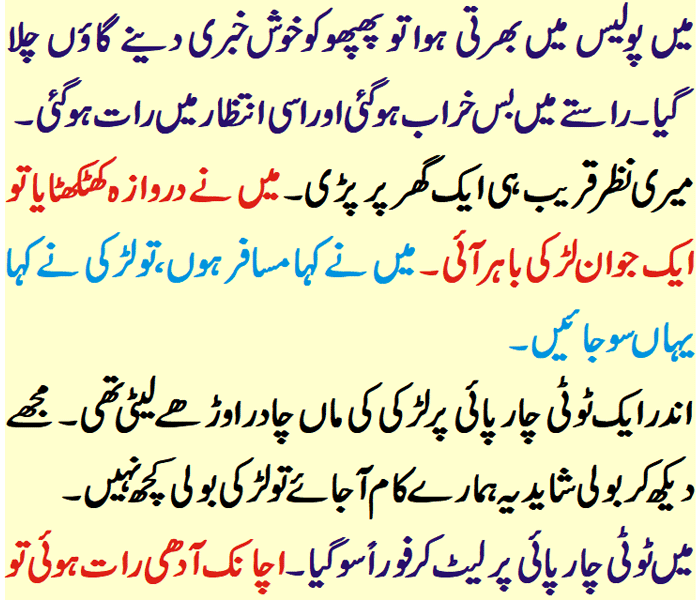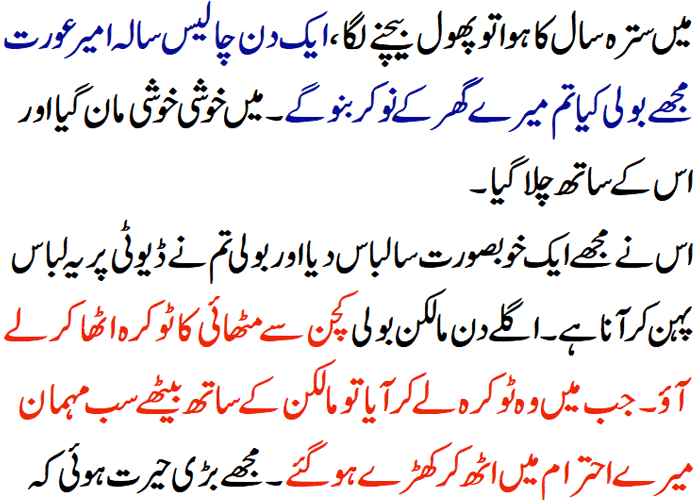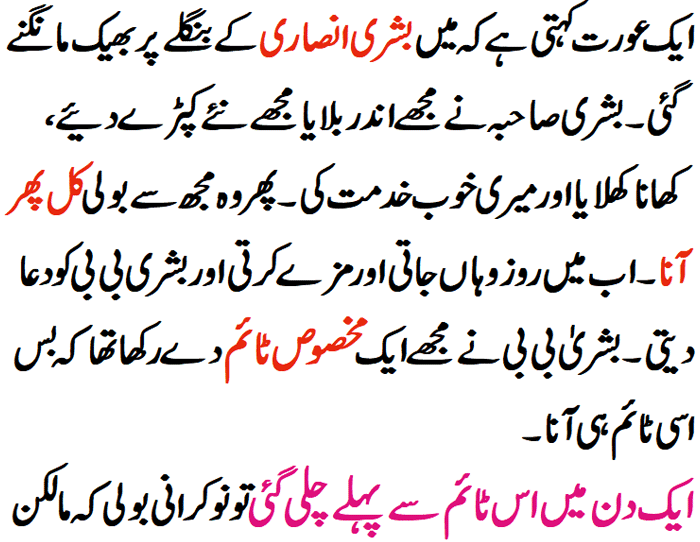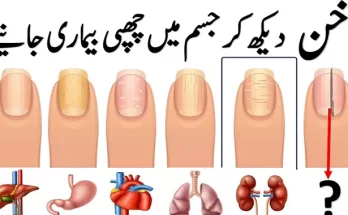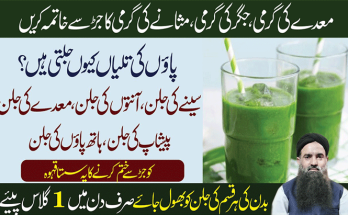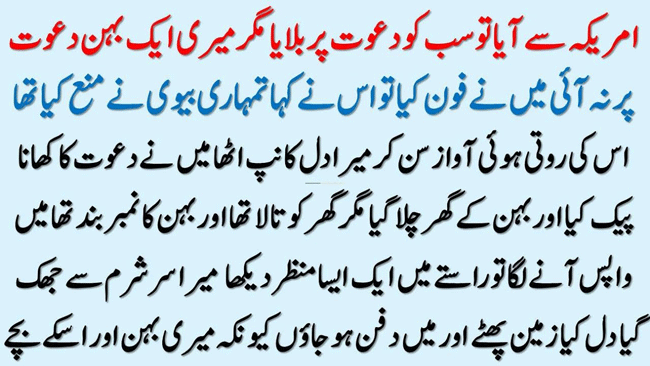
As the temperatures rise, so does the risk of heat-related illnesses. Among the most severe is heatstroke, a condition that can be life-threatening if not addressed promptly. Understanding how to prevent heatstroke is crucial, especially during the sweltering summer months. This article delves into what heatstroke is, and its symptoms, and provides practical tips to stay safe and prevent this dangerous condition.
What is Heatstroke?
Heatstroke occurs when the body overheats to a critical level, typically above 104°F (40°C). This severe form of heat illness results from prolonged exposure to high temperatures or physical exertion in hot environments. When the body’s temperature regulation system fails, it can no longer cool itself down through sweating, leading to a rapid increase in body temperature.
Symptoms of Heatstroke
Recognizing the symptoms of heatstroke is essential for timely intervention. Common signs include:
- High Body Temperature: A core body temperature of 104°F (40°C) or higher.
- Altered Mental State: Confusion, agitation, slurred speech, irritability, seizures, and even coma.
- Nausea and Vomiting: Feeling sick to the stomach or vomiting.
- Flushed Skin: Red, hot, and dry skin, though in some cases, the skin may feel slightly moist.
- Rapid Breathing: Quick, shallow breathing.
- Racing Heartbeat: A significantly elevated pulse due to the body’s heat stress.
If someone exhibits these symptoms, immediate medical attention is critical.
Top Tips to Prevent Heatstroke
Preventing heatstroke involves a combination of staying cool, hydrated, and mindful of the environmental conditions. Here are some top prevention tips:
Stay Hydrated Drinking plenty of fluids is vital. Water is the best option, but sports drinks can also be beneficial as they replace essential salts and minerals lost through sweat. Avoid beverages that can cause dehydration, such as alcohol, caffeine, and sugary drinks.
Dress Appropriately Wear loose, lightweight, and light-colored clothing. Light colors reflect the sun’s rays better than dark colors, helping to keep your body cooler. A wide-brimmed hat and sunglasses can provide additional protection from the sun.
Limit Sun Exposure During peak sun hours, usually between 10 a.m. and 4 p.m., try to stay indoors or in shaded areas. If you need to be outside, take frequent breaks in the shade or cool environments.
Use Sunscreen Sunburn can affect your body’s ability to cool down and can lead to dehydration. Apply a broad-spectrum sunscreen with at least SPF 30, and reapply every two hours, or more often if you’re sweating or swimming.
Avoid Strenuous Activity During Peak Heat If you need to exercise or do physical labor, try to schedule these activities for the cooler parts of the day, such as early morning or evening. When exertion during hot periods is unavoidable, take frequent breaks and drink plenty of fluids.
Acclimate to the Heat If you’re not used to high temperatures, gradually increase your exposure over several days. This helps your body adapt to the heat and reduces the risk of heat-related illnesses.
Monitor Weather Conditions Stay informed about the weather forecast and heat advisories in your area. On particularly hot days, take extra precautions or stay indoors where it’s cooler.
Use Fans and Air Conditioning Fans can be helpful, but during extreme heat, air conditioning is more effective at reducing your risk of heatstroke. If you don’t have air conditioning at home, spend time in air-conditioned public places like shopping malls, libraries, or community centers.
Cool Down Use cool showers, baths, or wet towels to lower your body temperature. You can also use cooling packs on your neck, armpits, and groin to reduce body heat.
Look Out for Each Other Check on friends, family members, and neighbors, especially the elderly, young children, and those with chronic illnesses, as they are more susceptible to heatstroke.
Special Considerations
Certain groups are at a higher risk of heatstroke, including older adults, young children, people with chronic medical conditions, and athletes. For these individuals, it’s particularly important to follow the preventive measures and be vigilant about the signs of heat-related illnesses.
When to Seek Medical Help
If you suspect someone has heatstroke, it’s essential to act quickly:
- Call Emergency Services: Heatstroke is a medical emergency. Dial emergency services immediately.
- Cool the Person: Move them to a cooler place, remove excess clothing, and use whatever means available to cool them down rapidly—cool water, ice packs, or fans.
- Stay with Them: Monitor their condition and stay with them until help arrives.
Conclusion
Heatstroke is a serious and potentially fatal condition, but it is preventable. By understanding the risks and taking proactive steps to stay cool and hydrated, you can enjoy the summer safely. Remember to stay informed about the weather, listen to your body, and look out for those around you. With these precautions, you can reduce the risk of heatstroke and ensure a healthy, enjoyable summer season.

